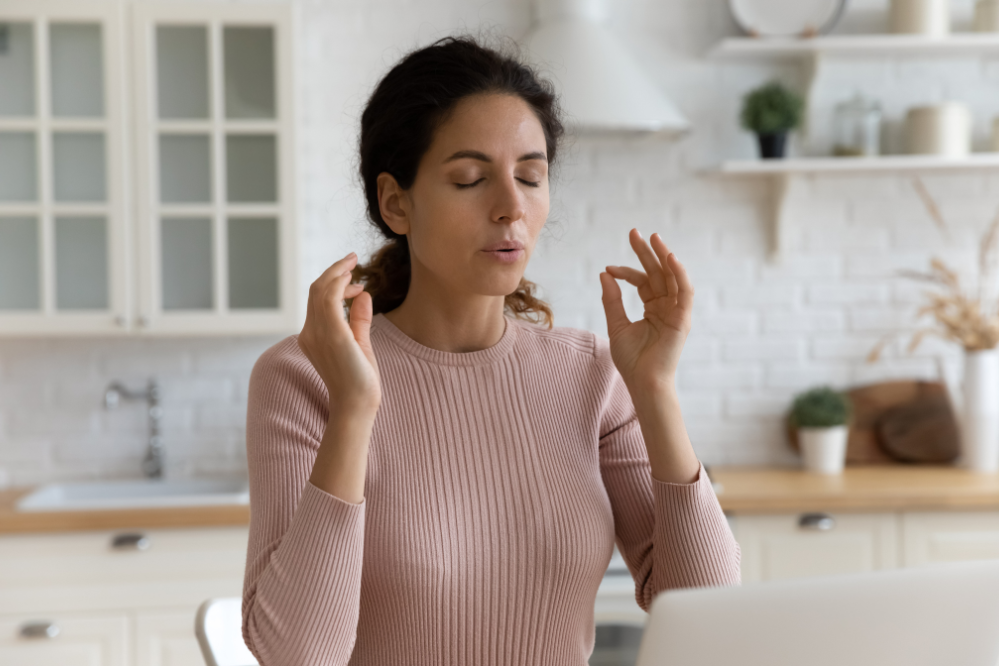6 ways to transform your pup's behaviour TODAY!
Simple changes to instantly improve your mischievous pup’s behaviour.


Simple changes to instantly improve your mischievous pup’s behaviour.


November 13, 2025

A young pup can simultaneously be the cutest thing you’ve ever laid eyes on…and the cheekiest, most mischievous ratbag under the sun!
Though a bit of mischief can be hilarious and endearing, many troublesome behaviours can put your pup at a fairly hefty risk.
For example, a teething pup can end up chewing dangerous items like electrical cables, or ingesting products that cause great harm in the stomach or bowel (even the unassuming sock can cause big issues if swallowed!).
A pup that doesn’t come when called is much more at risk of road injury, or getting into trouble with other dogs.
And a pup that steals food may end up eating something harmful, like chocolate, raisins or cooked bones (and remember their little bodies will be affected by a much smaller dose than an older dog).
Southern Cross Pet Insurance claims data in 2024 showed the most common accidental injuries in pups under 6 months old included eating non-food items, poisoning and traumatic injuries or fractures, with treatment costs reaching as high as $7000.* So you can see these issues aren’t uncommon, and can be devastating.
It’s important to invest plenty of time and energy into training your pup properly in the early months of their life, however today I’m giving you some ways you can make a significant change to your pup’s behaviour (and therefore safety) within THE DAY. Yep, you can see an improvement within a matter of hours!
Overtired pups are naughty pups! Pups who aren’t getting enough rest tend to be more naughty, bitey, crazy and generally hard to manage. From my experience, they are more likely to chew things they shouldn’t, steal things they shouldn’t and are generally less responsive. Puppies need 16-20 hours sleep a day until around 6 months old (gradually lessening with age, of course). Sleep is also when they consolidate all their learning which helps improve behaviour too.

Pups can read your pheromones and body language, so if you’re stressed, anxious or frustrated - they’ll sense that and will take their lead from you. If you want a calm pup that responds well to your direction, take a deep breath and try to project calm confidence yourself. Fake it ’til you make it if you have to! A three breath practice (pause and breathe for three breaths, focusing on your breath and body) is effective to bring back mindfulness.

Not you - your pup! Instead of feeding your pup breakfast, use that food quantity to reinforce good behaviours all morning. This can be in a formal training session, or even just when you catch your pup being good (sitting for a pat, lying calmly on their mat, staying quiet in their crate, responding to a command etc). Use a treat to incentivise your pup to stop an inappropriate behaviour (e.g. drop that sock from your mouth!), or to reward any good choice they make (e.g. standing beside you instead of trying to jump and snatch something from the bench). Use a “Yes” marker or clicker to make this more effective.
Pups naturally want and NEED to chew, so provide PLENTY of appealing chew toys - otherwise they’ll find something else to chew, and you may not be happy with their choice! Also set up puppy play dates with well-matched pups, so they have a chance to do that rough play they love in an appropriate way.
Adjust your tone of voice as needed when communicating with your pup. When you want them calm, speak in gentle calm tones. When you want to show them they’ve done the right thing (like toileting outside or redirecting to a chew toy rather than munching on cables), use a really high pitched, happy tone. When you want them to stop something, use a deeper, gruffer tone. This alone can make a huge difference, your pup doesn’t intrinsically know what you want from them, but they respond very well to different intonations.
The simplest way to improve your pup’s behaviour (and keep them safe) is by making environmental adjustments to prevent them getting into trouble. Pups are babies so don’t set them up to fail! For example, don’t leave tempting but dangerous items in reach, make sure human foods aren’t accessible, don’t let them have free run of the house unsupervised, ensure your property is securely fenced and keep them on a long lead until you trust their recall. A crate and a play pen is excellent for when you’re unable to supervise your puppy!

In my experience, 0-6 months is the most vulnerable time in your pup’s life - their fragile bodies are so much more prone to illness and injury, and they haven’t yet learned appropriate boundaries. That’s why getting pet insurance from the minute you bring your pup home is so important! I personally choose Southern Cross Pet Insurance - new puppies and kittens aged 6 - 26 weeks can even get 6 weeks of free insurance for unexpected vet bills.
It’s a no brainer, this is an awesome way to ensure your new pet is protected while you get your head around the longer term options. Check out the offer here.

This content is created in partnership with Southern Cross Pet Insurance.
*Based on data provided by Southern Cross Pet Insurance for claims received for dogs between 1 January 2024 and 31 December 2024.